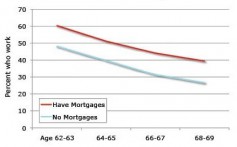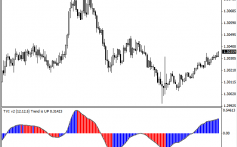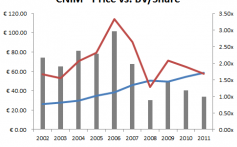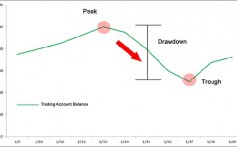Fidelity Learning Center Sector rotation An introduction
Post on: 10 Июль, 2015 No Comment

As the economy moves through the stages of the business cycle, most investors expect certain sectors or industries to outperform other segments of the market. Sector-based assets or funds enable investors the opportunity to take advantage of the business cycle, using what is called a “sector rotation strategy.”
Sector rotation
The economy moves in cycles and specific sectors and industries within the economy will be likely to perform better in particular stages of the economic cycle.
Sectors enable investors to potentially take advantage of changes in the business cycle. Sector rotation is a strategy that involves investing in sectors that are expected to perform well at a particular time, based on where the economy is in the business cycle. The expectation is that the investor will “rotate” in and out of sectors as time progresses and the economy moves through the different phases of the business cycle.
Essentially, an investor would increase their allocation to industries that are expected to benefit from the stage of the business cycle, and under allocate to industries that are expected to underperform. This goal of this strategy is to construct a portfolio that will produce investment returns superior to that of the overall market.
Sector rotation is similar to tactical asset allocation. Instead of investing in a particular asset class—such as stocks, bonds, or commodities—in order to take advantage of current market conditions, the investor is constructing their portfolio selected economic sectors or industries. Depending on their views, an investor might overweight sectors that they believe will outperform and underweight those that are expected to underperform the market.
Why choose a sector rotation strategy?
One underlying premise of sector rotation strategies is that the investment returns of stocks and other securities from companies in the same industry tend to move in similar patterns. This is because the price of stocks in the same industry usually move based on similar fundamental and economic factors that drive a particular industry. For example, new developments and uses of technologies fueled growth in the technology industry, and most stocks in this sector trended higher. Alternatively, most stocks in the financial sector moved sharply lower during the collapse of the subprime mortgage market and the subsequent credit crisis. This downtrend in banks and other similar businesses during the financial crisis demonstrated how stocks in the same industry can be affected by overarching industry factors, and thus, stocks in the same sector exhibit similar performance to changes in the business cycle.
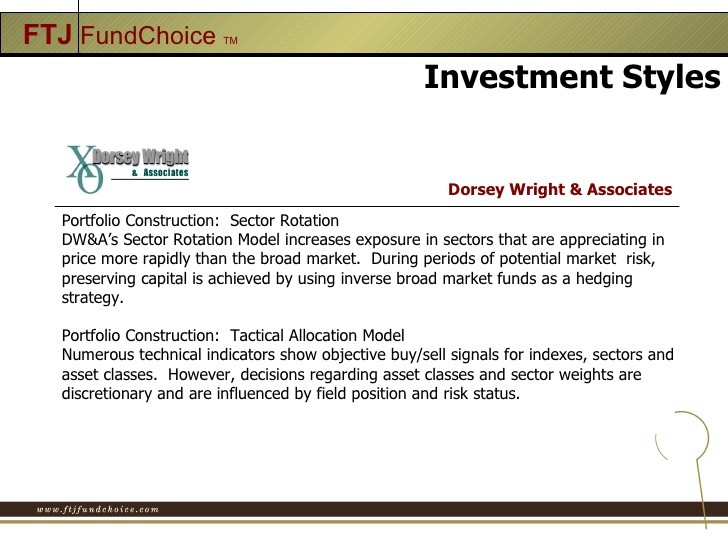
A lesson in market psychology
*Source: National Bureau of Economic Research
To implement a sector rotation strategy, many investors choose to take a top down approach. This can involve an analysis of the overall market—including monetary policy, interest rates, commodity and input prices, and other economic factors. This can help investors form an expectation for the broad economic environment.
While each economic atmosphere is unique, certain sectors tend to perform well—given the stage of the business cycle (see chart below).







